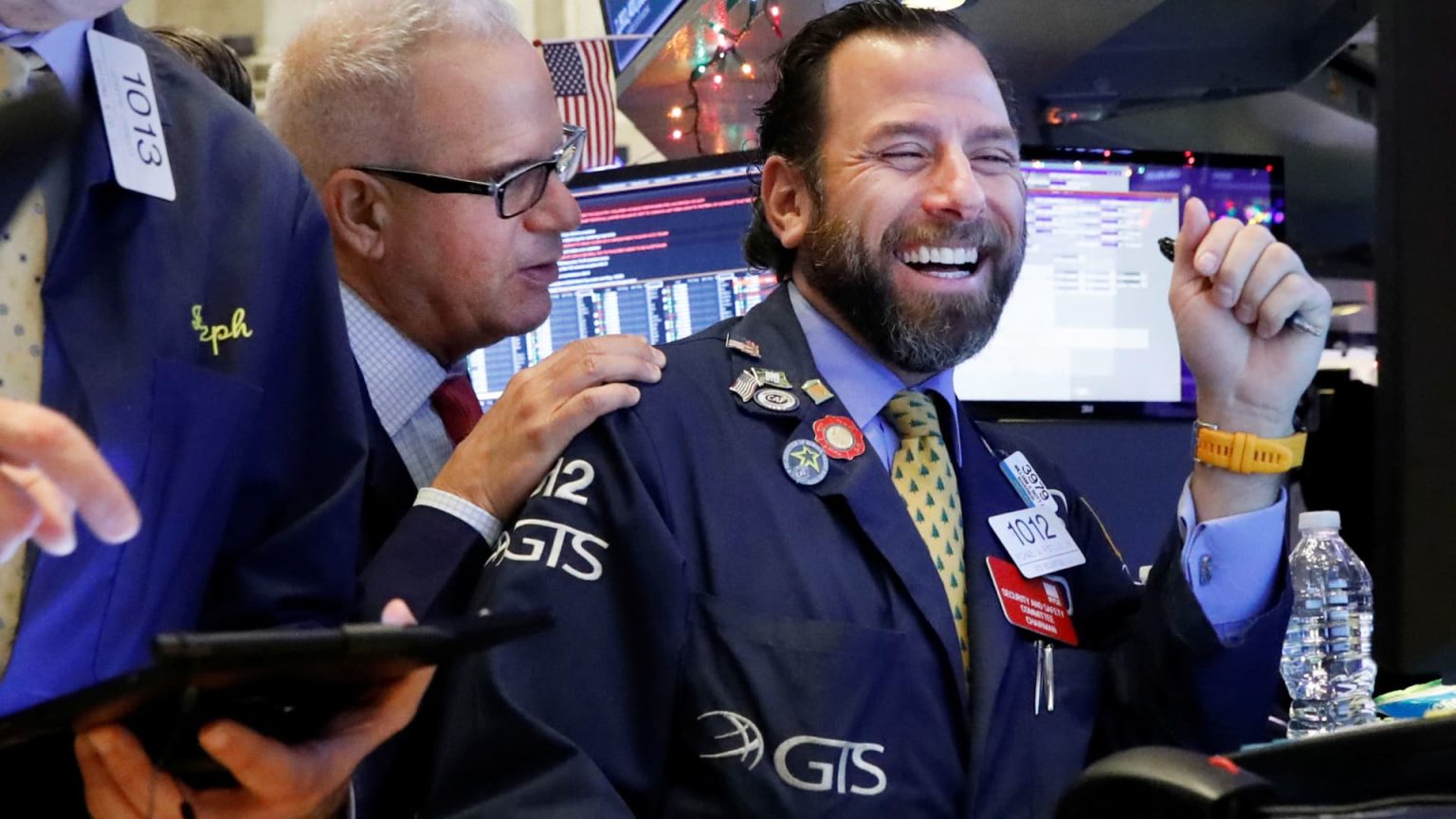The Dow Jones Industrial Average reached a milestone on Thursday, breaking above 40,000 for the first time, fueled by optimism around artificial intelligence boosting corporate profits and the possibility of the Federal Reserve cutting rates as inflation eases further from pandemic highs. This achievement comes after a long journey for the Dow, starting with closing above 20,000 in early 2017 amid expectations of lower corporate taxes under former President Donald Trump. The Dow continued to climb, surpassing 25,000 by January 2018.
However, the Dow faced challenges in 2018 as trade tensions between China and the U.S. escalated and the Federal Reserve raised interest rates. These factors contributed to a decline of more than 5% for the Dow that year. The stock market began to recover in 2019 as the Fed shifted away from raising rates, and by early 2020, the Dow was nearing 30,000, reaching a high of 29,551.42 on February 12, 2020. Then, the Covid-19 pandemic hit, causing the Dow to plummet 38% from its peak in February to a low of 18,213.65 in March 2020.
As progress on Covid vaccine development accelerated, the Dow gradually recovered, with the benchmark surpassing 30,000 for the first time in November 2020. The momentum from the lows of the pandemic carried through to 2021, with the Dow breaking above 35,000. However, a bear market shortly after brought the Dow down to 28,660.51 before it bounced back. Since reaching that low, the Dow has surged 40%, culminating in the recent milestone of exceeding 40,000.
Investors are optimistic about the future prospects of the Dow as artificial intelligence is expected to drive corporate profits higher and the Fed may consider cutting rates later this year. The Dow’s trajectory over the past 20,000 points reflects a mix of economic factors, including trade tensions, interest rate hikes, and the impact of the Covid-19 pandemic. Despite the challenges faced along the way, the Dow has continued to climb to new heights, highlighting the resilience of the stock market amidst economic uncertainties.
Overall, the Dow Jones Industrial Average’s journey to surpassing 40,000 demonstrates the resilience and adaptability of the stock market in the face of various challenges and uncertainties. From the initial surge above 20,000 driven by expectations of lower taxes to the subsequent declines and recoveries amid trade tensions and a global pandemic, the Dow’s trajectory reflects the ever-changing landscape of the financial markets. As the Dow breaks new records, investors remain optimistic about the future, buoyed by the potential benefits of artificial intelligence and the potential for further monetary policy support from the Federal Reserve.


